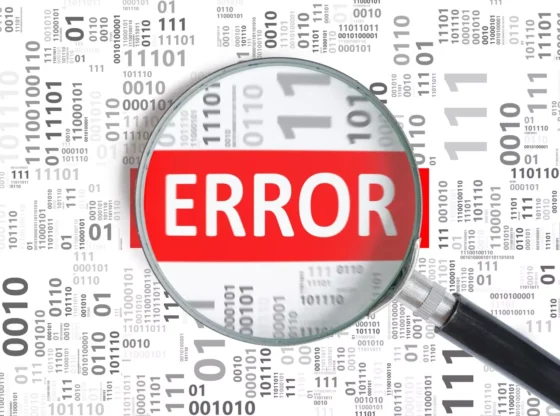Encountering errors during data entry can be frustrating, especially when they seem cryptic or unclear. One such error message that users may come across is “Last Name Not in Expected Format.” In this blog post, we’ll delve into what this error means, why it occurs, and how to resolve it effectively.
What Does “Last Name Not in Expected Format” Mean?
Understanding the error message is the first step in troubleshooting. “Last Name Not in Expected Format” typically indicates that the format of the last name entered does not meet the expected criteria or follows a predefined format.
Common Causes of the Error:
- Special Characters: Sometimes, the presence of special characters such as punctuation marks, symbols, or numbers in the last name can trigger this error.
- Length Limitations: Certain systems or databases may have limitations on the length of the last name allowed. If the last name exceeds this limit, the error may occur.
- Invalid Characters: The use of invalid characters or formatting inconsistencies, such as spaces at the beginning or end of the last name, can also lead to this error message.
- Data Validation Rules: In some cases, the error may be triggered by strict data validation rules that require last names to adhere to specific formats or patterns.
How to Resolve the Error:
- Check for Special Characters: Review the last name entered and ensure that it contains only alphabetic characters without any special characters or symbols.
- Verify Length: If the error persists, check if the last name exceeds any length limitations set by the system. Consider abbreviating or modifying the last name if necessary.
- Remove Invalid Characters: Remove any invalid characters or formatting inconsistencies from the last name, such as leading or trailing spaces.
- Follow Data Validation Rules: Familiarize yourself with the data validation rules applicable to the system or database. Ensure that the last name conforms to the required format or pattern specified.
Preventing Future Errors:
- User Education: Provide users with clear guidelines on how to enter their last name and emphasize any specific formatting requirements.
- Error Handling: Implement robust error handling mechanisms that provide informative error messages and guidance on resolving common issues.
- Data Validation: Enforce strict data validation rules to prevent invalid data entry and maintain data integrity.
- Testing and Feedback: Conduct thorough testing of data entry forms and systems to identify and address potential errors before deployment. Solicit feedback from users to improve usability and address any recurring issues.
Conclusion
Encountering the error message “Last Name Not in Expected Format” can be perplexing, but understanding its causes and how to resolve it can streamline the data entry process. By following the recommended steps and implementing preventive measures, users can minimize errors and ensure accurate data entry.
Disclaimer
This blog post offers guidance on understanding and resolving the error message “Last Name Not in Expected Format.” The recommendations provided are intended for informational purposes and may vary depending on the specific context and system requirements


